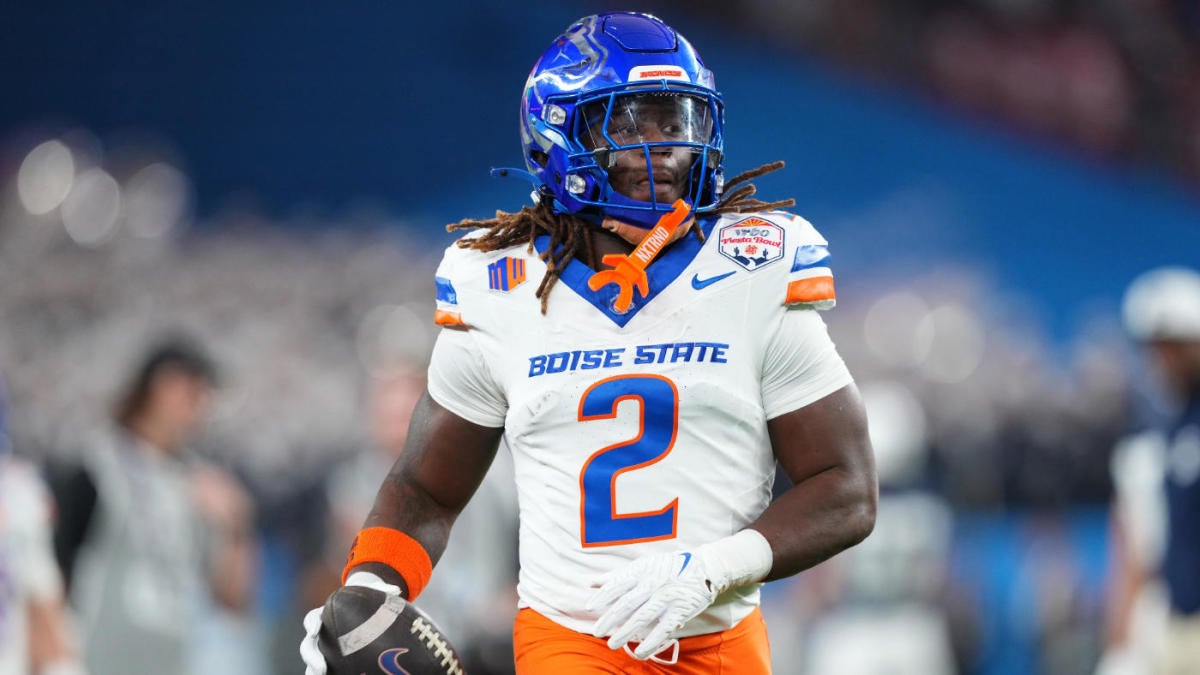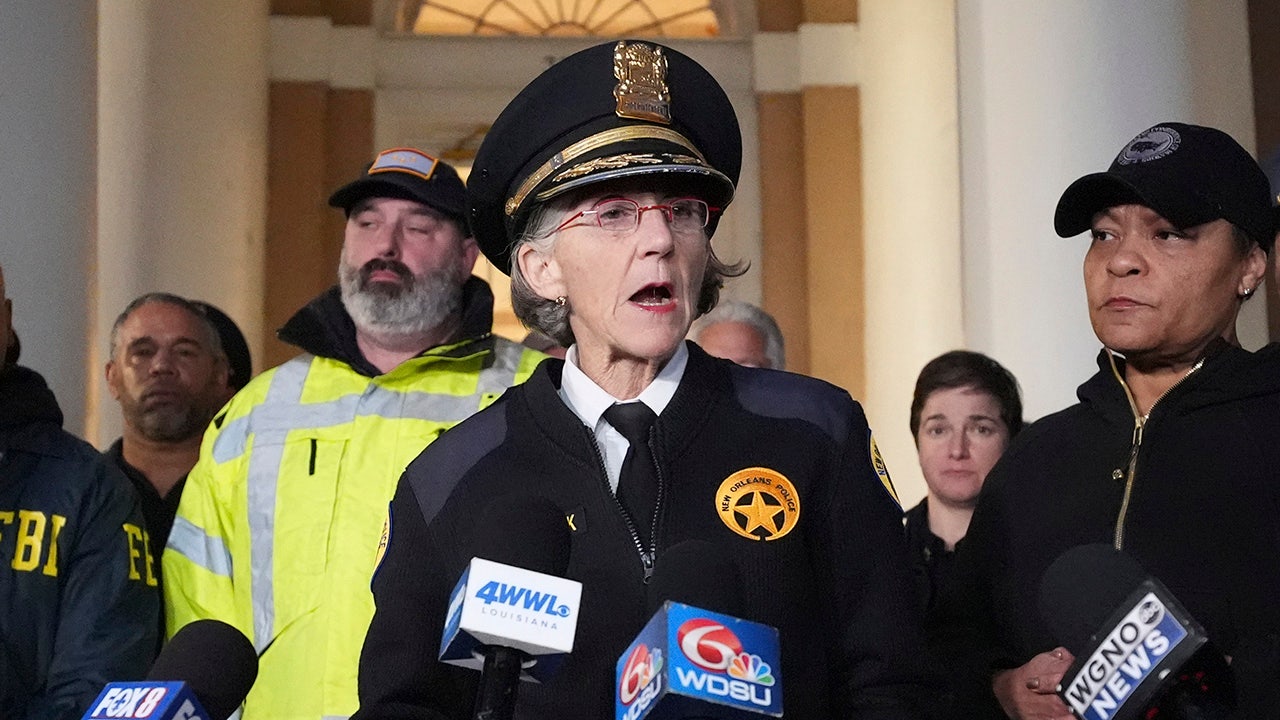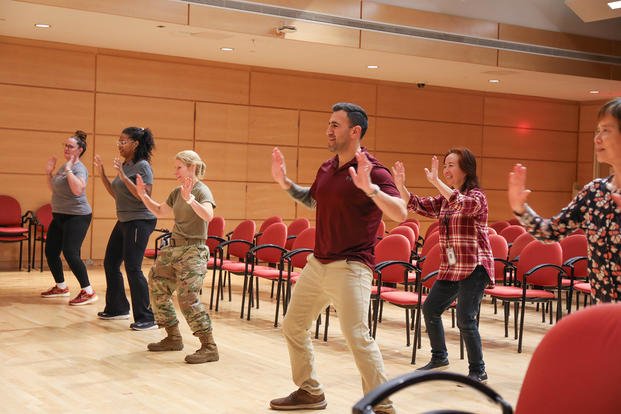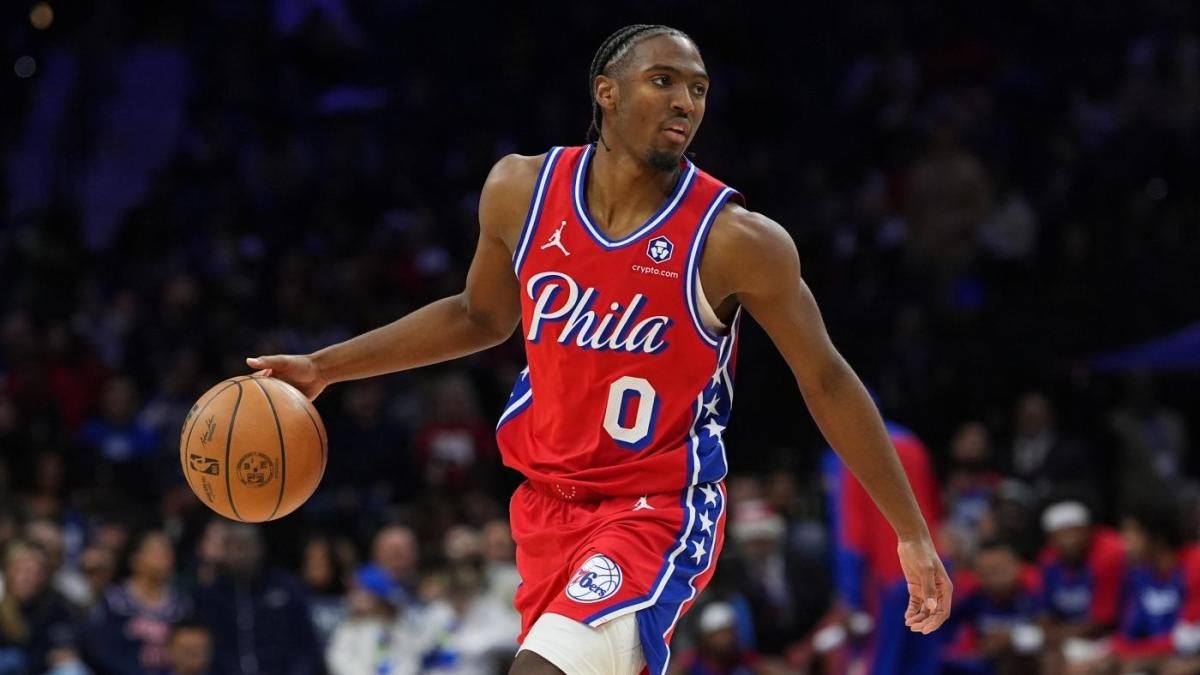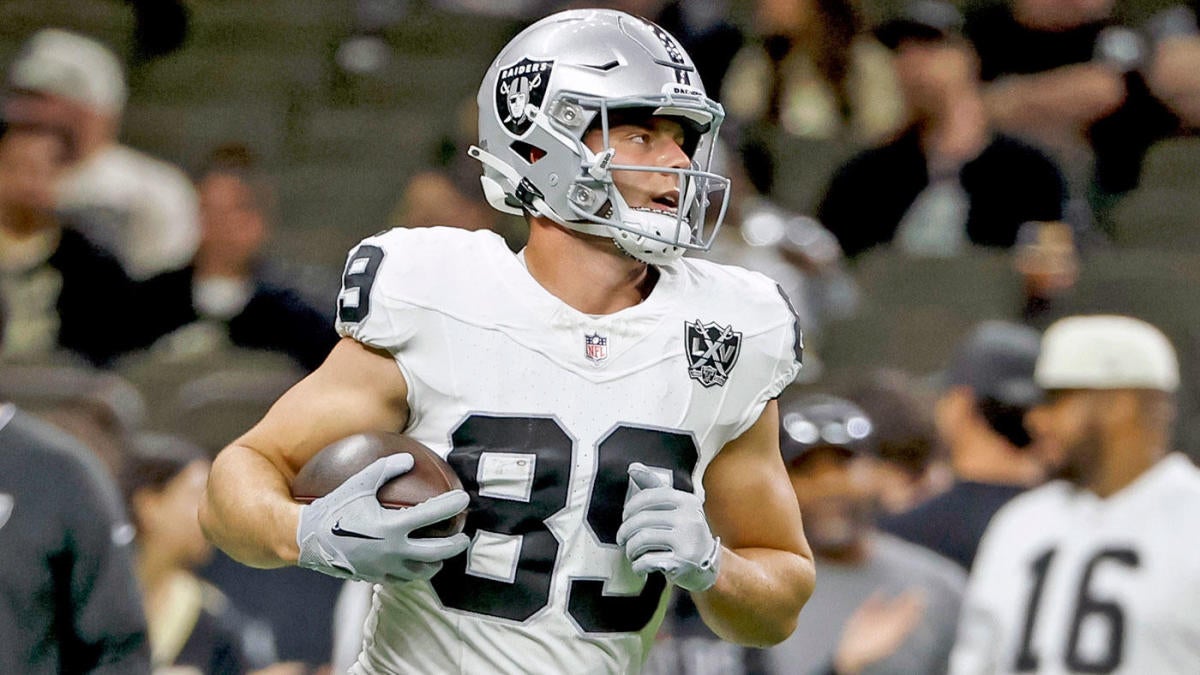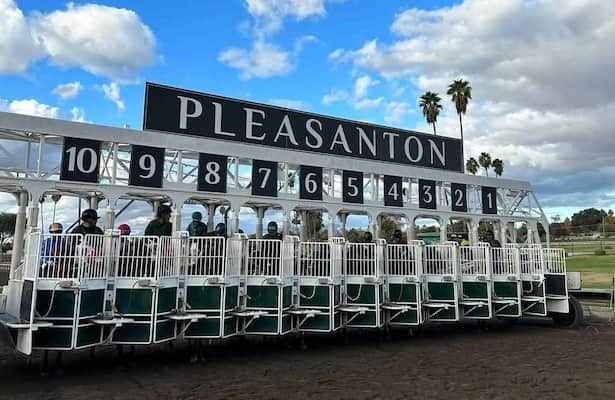The US Open risks losing a generation of fans by going head-to-head with the NFL

Of all sports, baseball has claimed – somewhat arrogantly – the literary mantle with so many scribes waxing rhapsodically about the inherent beauty of the game, engendering wistful reflections upon a season’s end. One thinks of the late MLB commissioner Bart Giamatti’s quote about baseball being “designed to break your heart” as it commences each year in spring with hope and then ends in October, leaving the fans to face the cold and chill of autumn alone.
But at least baseball fans have the advantage of having their sport carry over into the middle of autumn, making the transition away from summer that much more gradual and easier. And anyway, baseball lovers shouldn’t be the only inhabitants of our parallel sports universe to be granted an emotional sick day and wallow in their post post-season blues.
For tennis fans in North America the symbolic – and literal – end of summer (and of the tennis calendar for all practical purposes) is demarcated by the conclusion of the Sunday evening men’s final at Arthur Ashe stadium. The championship match has always commenced in late afternoon sunlight (when the roof isn’t needed) with shadows soon enveloping the stadium before darkness sets in and the lights are turned on as the match reaches its conclusion. Spectators often start the match wearing a T-shirt and end the evening reaching for a jacket as the early autumn chill autumn makes its unwelcome intrusion, heralding summer’s end.
And there’s a palpable energy jolt when day turns to night at Ashe, giving the match that much more of a special feeling. Of the four majors, the US Open men’s final is the only one that goes from day to night – the Australian Open final is played under the lights while the French and Wimbledon title clashes start and end in daylight.
But unless this year’s Open final goes to record-setting length, there will no longer be that unique day-into-night vibe in Flushing. Because, for the first time in memory, the men’s final will not start at the customary time slot of 4PM but rather at the less dramatic and sleepier mid-afternoon hour of 2PM (the women’s final will be played Saturday afternoon at 4PM).
And, in another switch, for the first time ever ABC will be carrying the men’s final (the women’s will retain ESPN as the network). In the Open era only two networks have ever broadcast the final – CBS and ESPN. CBS owned coverage of the event for 47 years, starting in 1968, the first year of open tennis. ESPN took over the event in 2015. By having ABC televise the final, ESPN is keeping it in the family as both networks have been under the Disney umbrella since 1995.
On first glance the move from ESPN to ABC, making the final available on “non-paid TV” (though, in this streaming world we inhabit, is there really any such thing as “free” TV”?) makes sense; after all, ABC is available in 97% of all households in the US, compared with just under 60% for ESPN so the amount of eyeballs the final might get is significantly higher.
But this is Sunday and football owns Sunday, always has and always will. In fact football is such the dominant media force that, according to Nielsen, NFL games made up 93 of the top 100 most-viewed United States programs in 2023. It’s staggering how powerful the increasingly global NFL juggernaut is.
So, while more viewers will have access to the match and, therefore, more casual sports fans will have the chance to tune into the final – or so ABC and the USTA hopes – there’s one problem: with the 2PM time slot, the match will overlap with the 1PM and 4:30 football games.
Up until this year, having the men’s final at 4PM, CBS or ESPN would often wait until all 1PM football games had finished before the men’s final would begin. This would ensure that only the 4PM games would overlap with the final, thereby allowing the fans who had watched their team at 1PM to be able to switch gears and watch tennis. This was particularly true for CBS since it was the network that had both sports, so fans didn’t even have to switch channels. But ESPN – and now ABC – don’t televise Sunday NFL games so it will take that extra little bit of effort for that casual sports fan to find the tennis, as opposed to the seamless transition that used to exist in years past. Come to think of it, the “casual sports fan” is akin to the “undecided voter” in a presidential election – they’re a narrow but a most wanted commodity.
Back in the suddenly ancient days of the pre-fragmented media landscape, those of a certain age can instantly conjure up Pat Summerall’s singular, relaxed cadence announcing the lineup for 60 Minutes “immediately following the conclusion of this match.” For the younger tennis fans, hearing those words was a cruel reminder that the weekend was over and tomorrow is a school day. Summerall and CBS were synonymous with the Open for so many years. But, alas, that consistency, that regularity in sports and media in general has vanished for some time.
An entire generation of fans has already grown up spoiled with comprehensive coverage of their sport of choice, being able to watch every game or match during the season, something unheard of for those who came of age in the 80’s or 90’s. But it comes at a price – gone is that aforementioned consistency of coverage; it’s been replaced, like in so many other facets of society, with an a la carte system. Yes, there are more choices, but we lack the unifying regularity that used to be such an essential part of sporting fandom. Except, that is, for football. Football is the last live appointment viewing remaining in our culture.
The recent Olympics, from all reports, gave the NBC constellation of networks extraordinary ratings, exponentially better than the delayed 2021 Tokyo games – up 79%. So maybe the streaming system, while still alien to older consumers, is finally working the way it was intended.
But sometimes I wonder if we are indeed that much more sports-informed than decades past. Just as the proliferation of news outlets hasn’t made the general populace more well versed in complicated issues, so it is with sports; while fans have unfettered access to their sport of choice and an overflow of statistics at their disposal, there is a lack of awareness of peripheral sports. While it’s hard to quantitatively prove such, just as the nightly news consumer was just as well informed when there were only three networks broadcasting only 22 minutes of news every evening, back when ABC Wide World of Sports aired tape-delayed skiing or track and field or some other “minor sports”, it just seems that the average – yes, casual – sports fan had more of a shorthand with the fringe sports.
Whatever the case, the question remains: will football fans be willing to miss half of their team’s games to watch the US Open men’s final in its entirety? I doubt it.
Related
2025 NFL Pro Bowl rosters announced: 9 Ravens to represent…
The NFL announced the rosters for the 2025 Pro Bowl Games on Thursday morning. Players from 28 of 32 teams were selected, with the Baltimore Ravens leading the
2025 NFL Pro Bowl roster: 7 Detroit Lions make team,…
On Thursday morning, the NFL announced the 2025 Pro Bowl rosters for both the NFC and AFC. As expected, the Detroit Lions have several players named to the h
New Orleans police official gives message to NFL fans on…
New Orleans Police Superintendent Anne Kirkpatrick had a message for those who were on the fence about attending Super Bowl LIX next month in the wake of a ter
